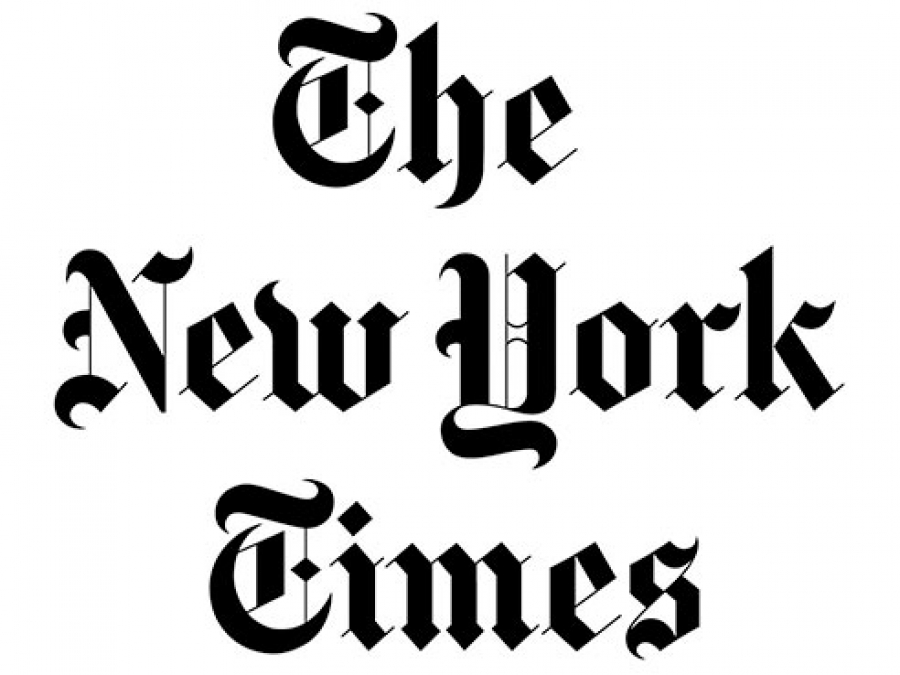News You Can Use
Dec 15, 2025
How to maximize nutrients this holiday season
UAB professor shares tips on how to eat the right carbohydrates and dietary fiber when crafting holiday meals.
Find an Expert
Browse our list of UAB experts who can provide insights on timely news and research. To contact an expert, please coordinate with the public relations specialist associated with each individual.
Find an ExpertCampus & Community
Dec 5, 2025




























